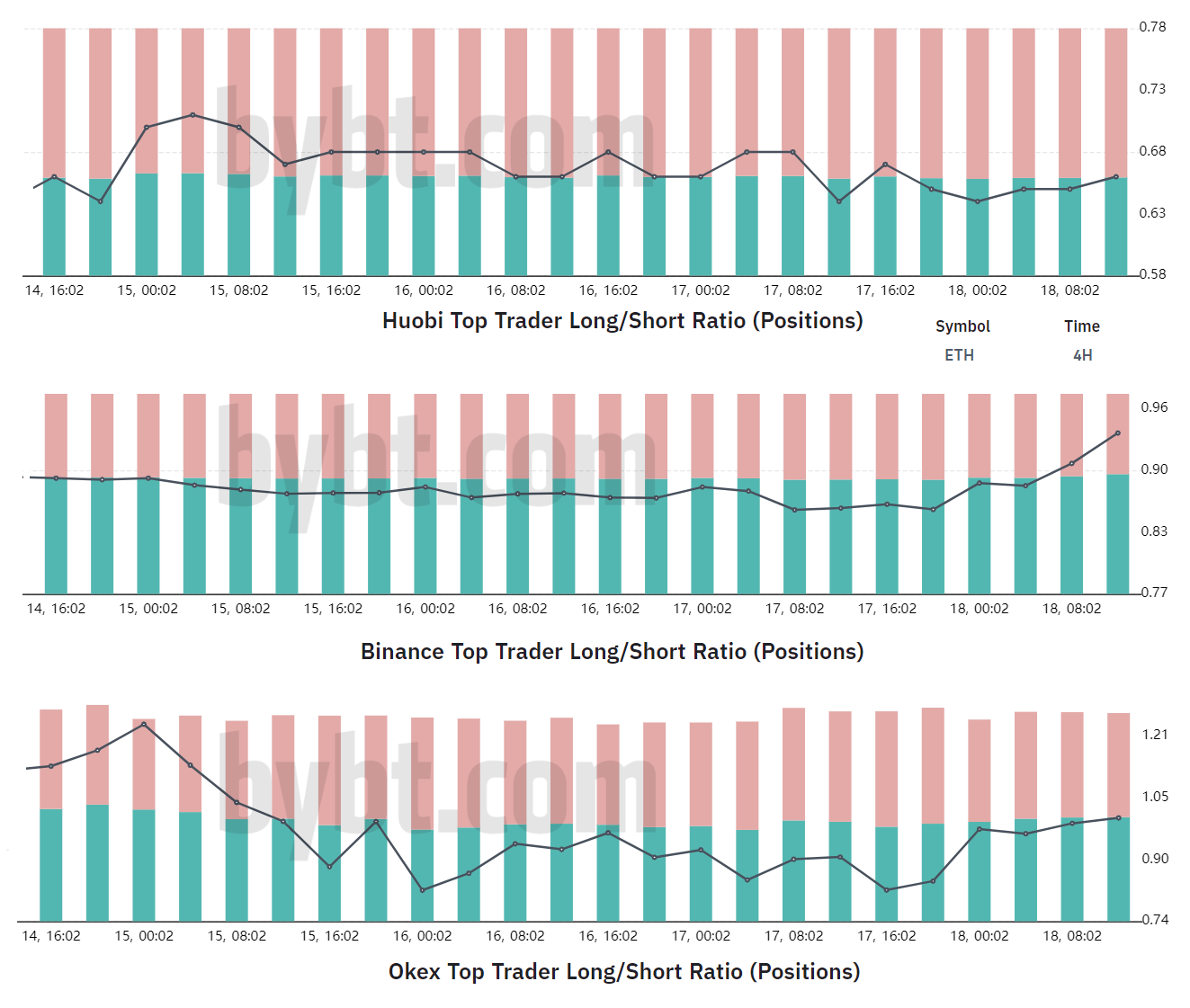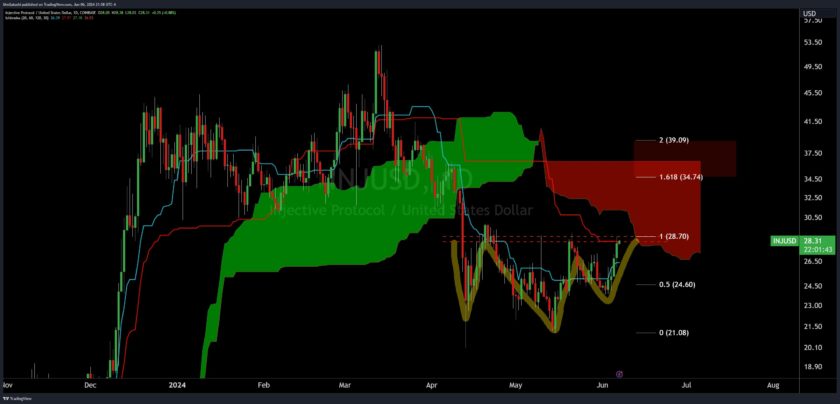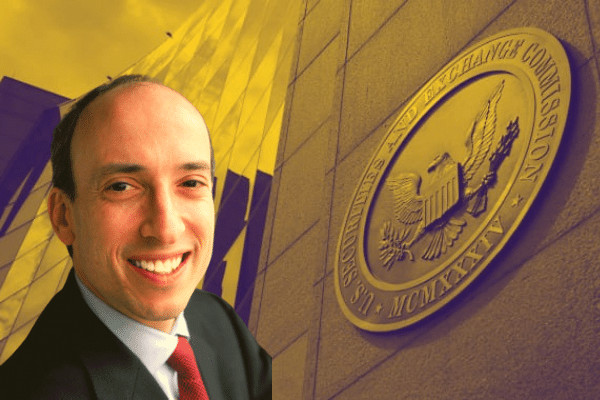In the last 24-hours, Ether (ETH) rallied above $1,900 to a new all-time high and this breakout reflects a strong 45% gain for just February alone. Aside from Ether following Bitcoin’s (BTC) bullish momentum, the move has been partially fueled by the news that BlackRock is considering future cryptocurrency investments and Microstrategy’s $900 million convertible notes offer to buy more Bitcoin.
The growing popularity of decentralized exchanges (DEX) has also been a huge booster of Ether price and earlier this week Uniswap reached $100 billion in cumulative volume. This signals just how relevant the Ethereum-based DeFi ecosystem has become.
The steady advancements in the Ethereum 2.0 Beacon Chain are also proving positive for Ether’s price action, especially the HF1 fork upgrade proposal from Vitalik Buterin. The most significant change is the support for light clients which are essentially nodes that can run on mobile devices. This would allow users to verify the blockchain on their own instead of relying on external service providers.
Data show retail traders are overbought

The recent move above $1,900 resulted in excessive leverage from futures contract buyers and this drove the funding rate above 0.17%.
Perpetual contracts, also known as inverse swaps, have an embedded rate usually charged every eight hours. When buyers (longs) are the ones demanding more leverage, the funding rate turns positive. Therefore, the buyers will be the ones paying up the fees.
This rate is equivalent to 3.9% per week and an indication of extreme optimism. Although a hefty premium might be acceptable for short periods during market rallies, it eventually forces longs (buyers) to reduce their positions.
The bullishness of retail investors contrasts with the top traders’ long-to-short net positioning provided by major cryptocurrency exchanges.
This indicator is calculated using clients’ consolidated position, including spot, margin, perpetual and futures contracts. Therefore, it provides a clearer view of whether professional traders are leaning bullish or bearish.

It is worth noticing that occasional discrepancies between crypto exchange methodologies are expected, so viewers should monitor changes instead of absolute figures.
Top traders at Huobi held their 0.65 long-to-short ratio for the past eleven days and were net short by 35%. This indicator contrasts with the last two weeks when they were 19% net short. This signals that there is a lack of appetite for long positions.
The average net position of the top traders at Binance has been 0.89, which slightly favors net shorts. Therefore, their current 0.93 should be deemed a neutral position, while the lowest level seen in 30-days was 0.80, or 20% net short.
The top traders at OKEx presented the most significant move as they shifted from a 1.50 ratio favoring longs to 0.82 on Feb. 17 which shows they are net short. As Ether broke the $1,850 resistance, those traders managed to cover some shorts and are now at a 1.00 flat ratio.
Pros took a pause but they’re still bullish
The data suggest that market markers and arbitrage desks are continuing to seek less risky trades. These traders might also hold wrapped BTC used for staking opportunities or Grayscale Ethereum Trust (ETHE) shares, aiming to profit from its usual premium.
Overall, while retail traders seem to be overbought, top traders aren’t comfortable adding leveraged positions considering the excessive funding rate. Had it been the opposite, with the long-to-short ratio at the highest level in 30 days, that would indicate some small room for additional buying activity.
Therefore, the current top traders’ data doesn’t necessarily reflect their actual sentiment, and the current leverage ratio leaves room for future buying activity. Even though pro traders might be watching cautiously from the sidelines right now, crypto-asset manager CoinShares recently reported that 80% of the inflow was invested into Ether products.
This is further proof that even if pro traders are not mirroring retail traders’ excessive optimism, they are still confident that Ether is in a bull run.
The views and opinions expressed here are solely those of the author and do not necessarily reflect the views of Cointelegraph. Every investment and trading move involves risk. You should conduct your own research when making a decision.




